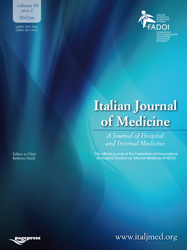Nattokinase historical sketch on experimental and clinical evidence

All claims expressed in this article are solely those of the authors and do not necessarily represent those of their affiliated organizations, or those of the publisher, the editors and the reviewers. Any product that may be evaluated in this article or claim that may be made by its manufacturer is not guaranteed or endorsed by the publisher.
Authors
Nattokinase (NK) is a protease derived from food used mainly in the Japanese diet that has several properties. The main activity is related to improving fibrinolytic activities. Other activities have been demonstrated in the regulation of blood pressure by the action toward angiotensin proteases and in the antiplatelet activities. NK can be given orally and reaches its maximal concentration after 12 hours. In addition, an antithrombotic activity based on various NK activities has been proposed. First, increased fibrinolytic activity increases thrombus dissolution and/or the formation of atherosclerotic plaques; second, its enhanced antiplatelet action adds to clot dissolution. All activities have been studied in animals and humans in vitro and in vivo. Relevant adverse effects of NK therapy have not been described, however clinical experience is restricted to case series and volunteers and is not based on clinical studies, thus clinical trials are required to confirm.
How to Cite

This work is licensed under a Creative Commons Attribution-NonCommercial 4.0 International License.
PAGEPress has chosen to apply the Creative Commons Attribution NonCommercial 4.0 International License (CC BY-NC 4.0) to all manuscripts to be published.






